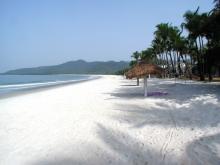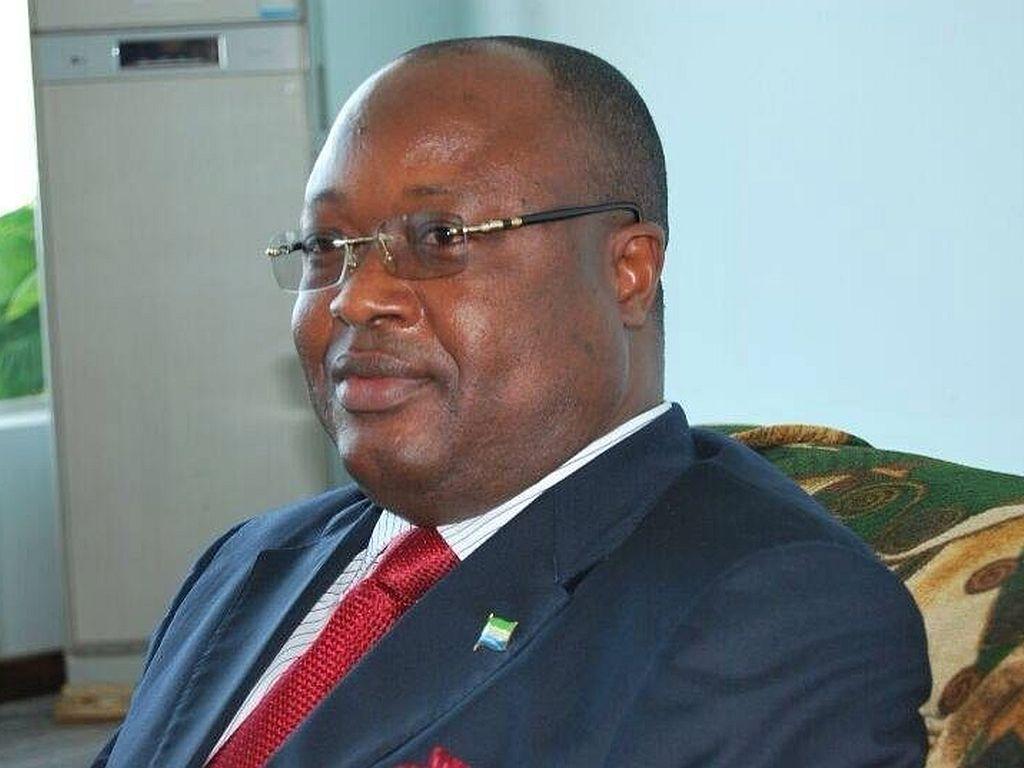By Tanu Jalloh
Growth, as in Sierra Leone’s economic growth rate, is plummeting according to World Bank’s continued revised statistics. Four times in less than three years. First it was 51 percent in 2012, the highest in the world at the time. The celebration was a flash in the pan.
In 2013 it was adjusted downwards to 32 and 18.2 percents. This is 2014 and, at its outset, growth rate was pinned down to 18 percent. Now it is 15 percent - all of these at different times, sometimes in quick successions. They are called ‘optimistic projections’. But I would think that ‘pessimistic forecasts’ help too. The aftermath left government in pains to manage perceptions and make the last estimates work at all cost in 2013. But they flunked it too.
While we try to understand how such estimates are done, as to supply different figures at different times, let’s get to appreciate the fog of a difficulty on the screens of those who look into the future of the country’s economy. Like diagnostics of any sort, we tend to read differently into the symptoms of a sickness. In this case an economic malaise. To that end, I have always challenged the World Bank on their apparent one-size-fits-all prognosis of economies with different growth diagnosis.
It’s not all that bad. At least not bad enough to send some chills down the spines of a people who depend on an economy in transition. It will eventually stabilise to a point where and when all the growth factors point to steady economic activities that guarantee growth sustainability. Meanwhile, estimates and projections must not be informed by internal factors only. They include the total amount of investment in billions of dollars and the concomitant effect on increased employment with good pay and disposable cash, revenues from fees, dues, taxes, royalties to government and opportunities for direct and indirect service provider businesses.
I think the problem has been that estimates are reported with glee and without due reference to the volatility of the global markets for steel, iron ore, diamonds and related minerals. Supply of these raw materials is good business only if the market can absorb them for good prices. Economic viability or profit margins are affected by effective demands that are backed by the purchasing power and willingness of the buyers (steel manufacturers in China and Europe).
When Reuters recently pointed out that Sierra Leone's economic growth was likely to slow down to 15 percent this year from 21 percent in 2013, a top finance official said that that was still great news. Momodu Kargbo, minister of state in the finance ministry said, on the sidelines of a meeting in Nairobi, Kenyan, that even the 15 percent expected growth rate would still be among the fastest in Africa.From 51 percent, the highest by global ranking, to being among the fastest in Africa. How does that sound?
In the minister’s view, and like almost always is with the World Bank,we are talking about “growth powered by fresh foreign investment in the mining and farming industries.” Now this is the problem. Mining and farming. It is actually the former that keeps the government’s hopes alive - iron ore and diamonds. In the case of the latter, the value chain is not there. We can’t add value to produce. The word is ‘manufacturing’- get finished products out of the limited raw materials the country produces and sell them abroad.
Until then the country would hardly sustain its growth rate to the extent of making it reach and impact the lives of the hoi polloi. Until then a donor-dependent government’s effort at seeking a credit rating to see if it could tap international capital markets, and could secure that assessment by mid-2015, would be farfetched, a pipedream.
So let’s get to the context of my arguments proper. Due to the volatile nature of commodity prices, an over-dependency on a few key sectors clearly raises questions about the sustainability of economic growth. Despite perceptions to the contrary, less than one third of Africa’s growth has come from natural resources. Yet Sierra Leone’s growth rate projections are almost always contingent on the possible turnout in export sales. I, therefore, see the bigotries in the deliberate disregard for the ideal situation. Calculated growth rate with the ideal scenario in mind.
A survey report released by Ernst & Young (EY) on May 6, 2013 in Johannesburg, South Africa justified the need for natural resource-rich countries in Africa to go beyond that wealth if they were to register sustained and sustainable growth rate.
EY is one of the largest professional service firms in the world and one of the ‘big four’ accounting firms, along with Deloitte, KPMG and PricewaterhouseCoopers (PwC).
“Mining and metals is still perceived by survey respondents as the sector with the highest growth potential in Africa, but the number of respondents who believe this (26%) is down from 38% in 2012 and 44% in 2011. In contrast, interest in African infrastructure projects is clearly increasing, with 21% of respondents identifying this as growth sector versus 14% last year and only 4% in 2011,” it said, adding that: “Other sectors where there has been a noticeable shift include ICT (14%, up from 8% last year), financial services (13%, up from 6% last year), and education (which has come from virtually nowhere to register 10% this year).”
The situation in Sierra Leone presents a strong argument for the case as proven by the EY findings. Although rich in natural resources, the composition of the country’s Gross Domestic Product (GDP) by sector proves that apart from natural resources agric and industries are a major boost to the economy.
A US report, ‘Sierra Leone – Investment Climate Statement 2013’, states that “the value of Sierra Leone’s considerable natural resources still has not been successfully leveraged to improve the lives of Sierra Leone citizens. The country is still primarily agrarian with extremely fertile land, promising fishing sector opportunities…”
Sadly, we have never stopped for a moment to look at the country’s economy in the absence of mining or mineral resources? The reason why World Bank and IMF almost got it wrong in their predictions of economic growth in Sierra Leone and verily had to revise it twice downwards in 2013 alone, could not be unconnected to the expected returns in the ore trade and the concomitant effects on the economy - increased revenue from royalties, taxes, dues, wage bills and compensations.
Ideally, when domestic revenue increases the government is at liberty to judiciously expend it, affect and effectgrowth rate and improve on the lives of its citizens. Where this is not the case, growth stalls. Hence, the caveat to such projections would be that if resource good governance improved and graft minimized to its barest minimum, economic growth would be assured.
(C) Politico 02/07/14









